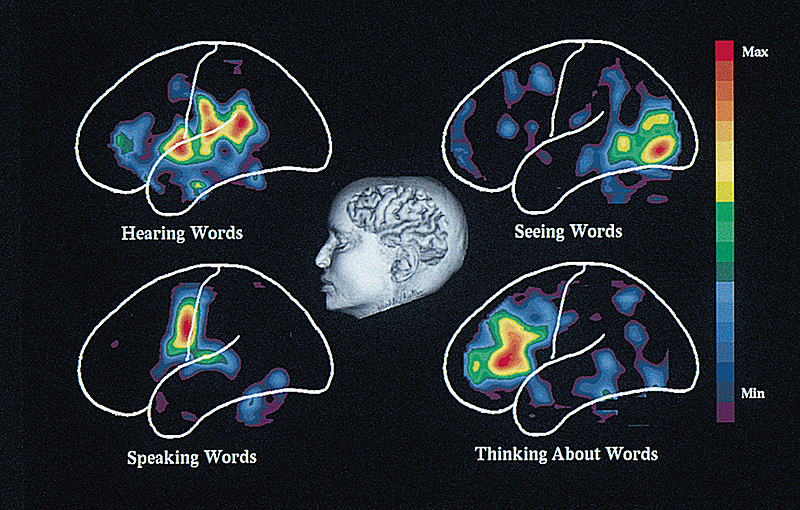Radiology, << ray dee OL uh jee, >> is the field of medicine that uses X rays and other means to create images of structures and processes inside the body. These images aid in diagnosis and treatment of diseases and other disorders. Radiology includes the use of such imaging techniques as computed tomography (CT), fluoroscopy, magnetic resonance imaging (MRI), and positron emission tomography (PET). Medical procedures that involve ultrasound (high-frequency sound waves) are also part of radiology. Doctors who specialize in radiology are called radiologists.

Radiological imaging techniques help doctors to diagnose disorders by providing a view of the patient’s bones, organs, and other internal structures. For example, a radiograph (X-ray picture) of the leg can reveal a fractured bone. A CT scan of the brain can detect a tumor or blood clot. In examinations of certain organs, including the intestines and the urinary tract, the radiologist may give a substance called a contrast agent to the patient. The contrast agent may be a barium mixture given orally to coat the lining of the bowel so it is more clearly seen. A contrast agent consisting of an iodine mixture may be injected into a blood vessel to study arteries or veins.
Radiological procedures also aid in the treatment of certain disorders. For example, doctors use fluoroscopy, CT, or ultrasound imaging to guide catheters (small tubes) into a patient’s body. This technique is used to drain obstructed ducts in the urinary tract and for many other treatments.
